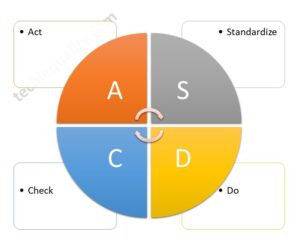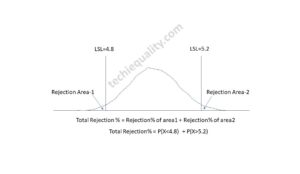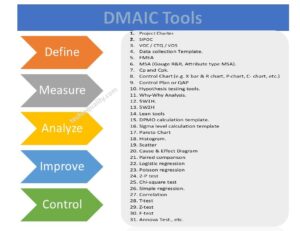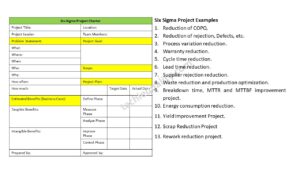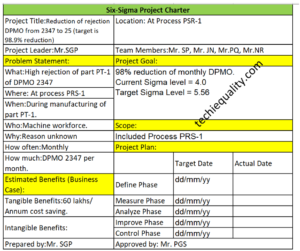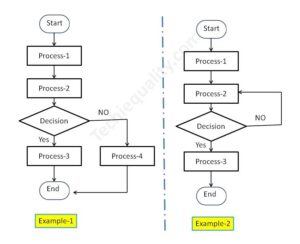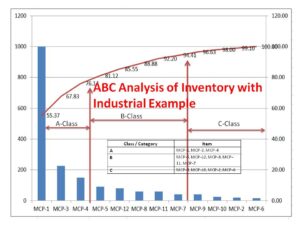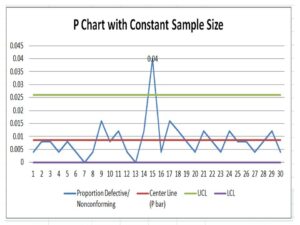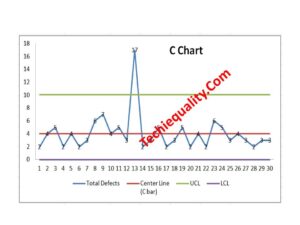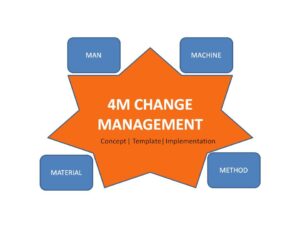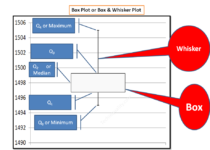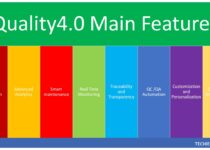Quality at the source | Steps to Implement It
Quality at the source | Steps to Implement It:
Hi Reader! Today we are going to discuss Quality at the source. In a traditional manufacturing process involves the inspection at every phase of production. Inspection only can detect defects and not prevent defects and also manually it is difficult to 100% check or inspect the product at every stage of production. If it could not be detected at the time and stage of each phase then at a later phase/ stage, defective products were either reworked, repaired, or scrapped. Otherwise, these were passed on to PDI and later on to end-users or customers.
Download the Free 7QC Tools Excel tools template or format with an industrial example.

In the smart production (Lean production system or TPS system) system manufacturing units are implemented so many tools (like Jidoka, Andon, Poka-yoke, etc.) to control the defects at the source and stop them there. And one more effective concept is QM (TPM) to implement at the shop floor to control the defect at every stage. As we know that operators are in a better position than inspectors than inspectors to discover the defects and fix them if they are unable to fix them, then they can stop the line and they will intimate the technical expert to fix them at the source. In such a way a smart production industry could able to control the quality at the source.
Steps to implement Quality at the source:
- Standardize the Work.
- Self-check.
- Successive check
- Visual standard
- Autonomation
Illustration of Steps:
Step-1: Standardise the work process, materials, tools, machine set-up, tools changeover, tools life, trained the workers or operators, etc.
Step-2: Involve the workers or operators in checking or measuring the key parameters of quality themselves. And let them make the necessary corrections to fix-up the problem.
Step-3: Regular checking for quality downstream.
Step-4: Master sample, Visual signboard, physical acceptance criteria sample display at work station, Pareto chart, cause and effect diagram, run chart or line chart, etc.
Step-5: Implementation of Autonomation line Andon light, Poka-yoke, etc.
Principles:
The above steps are based on three key principles as Philosophical, operating technique, and physical device. Empowering the employee to stop producing the defective product (Philosophical principle) at the production line and enforce instruction, sequence, and execution through visual standards. And finally, the physical device principle follows the Autonomation concept means installing the physical device such as Poka-yoke, Andon light, or signal to control the quality at the source (enhance the quality product and eliminate the defects at the source.
Single line definition:
Quality at source is an effort of an organization to improve the quality of products by having a worker or operator act as their own operation, and never allow passing defective products to the next process.
Benefits of Quality at the Source:
- To improve Productivity.
- Awareness of the importance of quality.
- Empowerment of workers or operators to achieve the desired quality.
- To reduce the wastages.
Useful Articles:
Jidoka Autonomation, Bakayoke & Yo-I-don |Concept in TPS
Pull Production System | Concept
Toyota Production System History
Toyota Production System Tools & Technique
Thank you for reading…Keep visiting Techiequality.Com
Popular Post:
